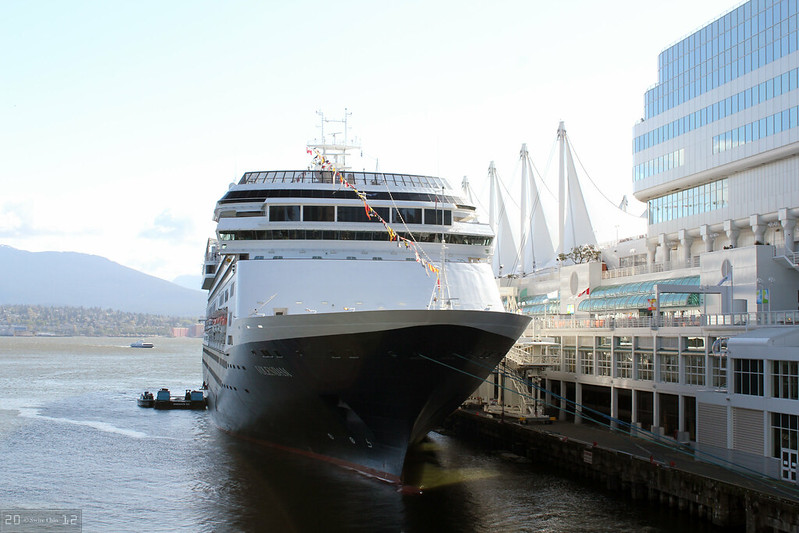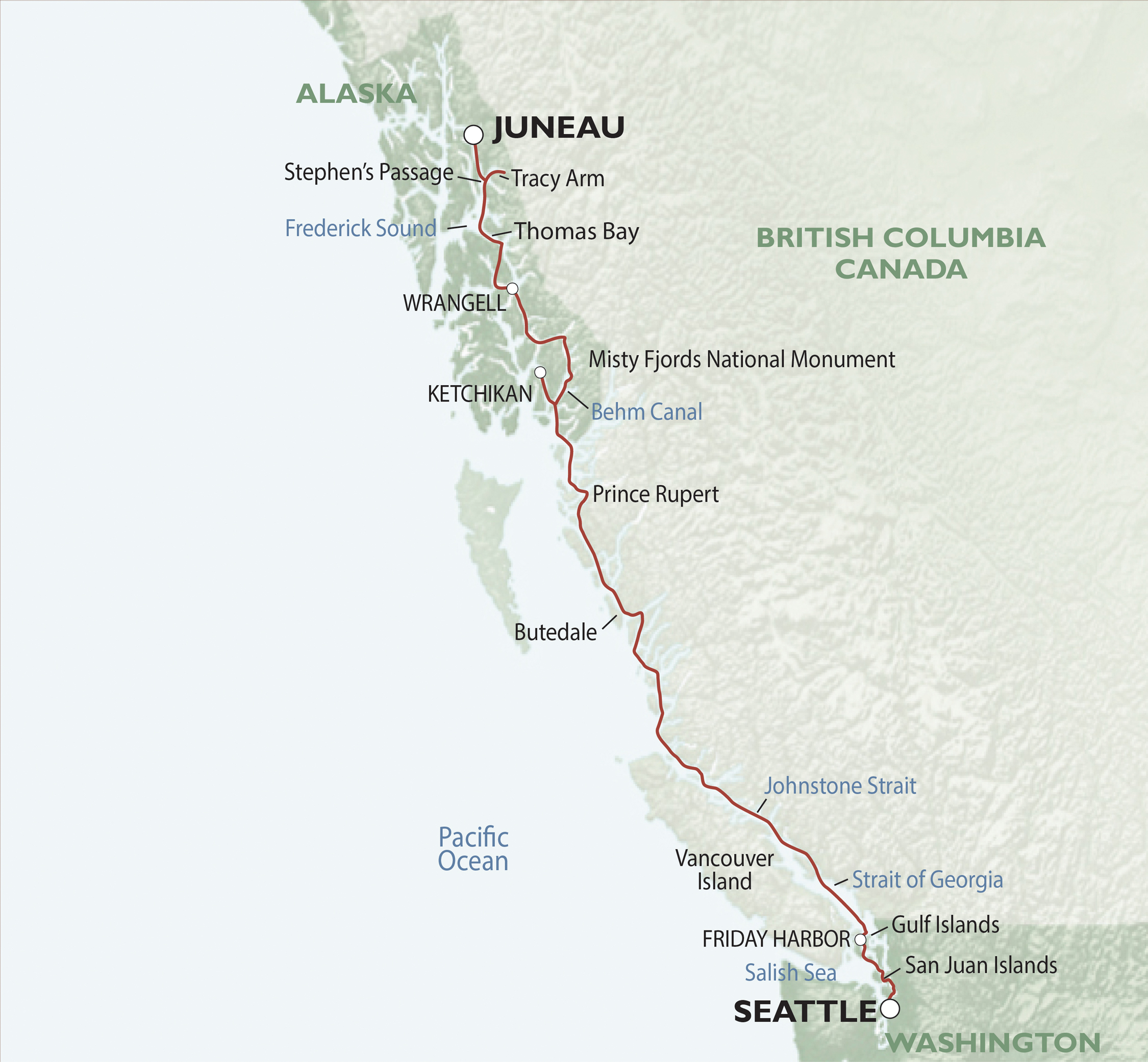
On June 23, in the middle of what is expected to be the busiest cruise ship season ever on the west coast, Canada finally announced a new legal order imposing stronger restrictions on dumping from cruise ships in Canadian waters.
The order prohibits the dumping of sewage and greywater within three nautical miles of Canadian shores as well as imposing further restrictions, and this should be welcomed by all of those who care about the health of coastal areas and communities.
However, the order fails to address the largest source of water pollution from cruise ships – scrubber washwater – and allows large loopholes in its prohibition on the dumping of sewage and greywater that might make the BC coast retain its moniker as the cruise ship industry’s “toilet bowl”.
How we got here
Before we discuss this new interim order, let’s talk about how we got here.
In the last few decades, the Alaskan cruise ship industry has experienced massive growth. These ships ply the BC coast up to Alaska, passing through some of the most beautiful and biodiverse marine areas in the world. This route includes the Northern Shelf Bioregion, often referred to as the Great Bear Sea, where Indigenous nations in partnership with the federal and provincial governments are creating Canada’s first network of marine protected areas (MPAs).
Unfortunately, with these massive ships comes a massive amount of pollution being discharged into the waters off British Columbia. A report from WWF published last year found that while cruise ships only represent 2% of the vessels in Canadian waters, they account for over 2/3 of the waste that is discharged from ships into the water.
In 2021, West Coast Environmental Law published a report with Stand.earth that showed that Canadian regulations regarding cruise ship pollution were much weaker than regulations in the United States. These lax regulations incentivize cruise ships to dump their pollution in Canadian waters. The report garnered a lot of attention from the media and the public, with a Guardian newspaper headline describing Canada’s Pacific coast as a “toilet bowl” for cruise ship waste.
In response to our report, Transport Canada worked with the cruise ship industry to develop voluntary measures to reduce cruise ship discharges in Canadian waters for the 2022 cruise ship season. The measures were a positive step, but far from perfect: they were voluntary rather than mandatory, and they didn’t address the biggest source of cruise ship pollution, scrubber washwater.
When announcing the voluntary measures, Transport Canada also stated that they would issue a legal order in 2023 so that these cruise ship measures would become legally binding, and they committed to developing an approach to reducing scrubber washwater discharges.
But when the 2023 cruise ship season rolled around, no legal order from Transport Canada was to be found. Luckily, Canadians did not forget Transport Canada’s promise, and hundreds of people wrote to the Minister of Transport demanding a mandatory legal order to address this harmful pollution. (Thank you to all of our readers who sent messages!)
The omissions and gaps in the new order
In response, on June 23, the Minister of Transport announced a new interim order to restrict cruise ship dumping. But, as we reviewed the fine print, we realized the order included some worrisome omissions and loopholes.
First, the order fails to address scrubber washwater, which as mentioned is by far the largest source of ocean pollution generated by cruise ships, and something Transport Canada said it would address.
Second, while the order prohibits the dumping of sewage and greywater within three miles of shore, it also carves out some rather large exceptions to this prohibition.
If a cruise ship is in an area where the distance between any shore is less than six nautical miles and the ship is not fitted with a holding tank that has an adequate volume for the ship’s voyage, the ship can dump within three nautical miles of shore using a marine sanitation device. A cruise ship is also allowed to dump greywater and sewage within three miles of shore using a marine sanitation device if there are no onshore reception facilities available during the intended voyage.
These loopholes could permit cruise ships to continue dumping sewage and greywater in many places across Canada, including within the “Inside Passage” through the Great Bear Sea, a common route for cruise ships. For example, consider Johnstone Strait, a 100-km long passageway between Vancouver Island and mainland BC that is a favourite place of orcas, humpback whales and many other sea creatures.

Cruise ships also love Johnstone Strait, and you can find websites listing all the different cruises that travel through it. But the Strait at its widest is only 2.7 nautical miles (5 km) in width. Does that mean that cruise ships can continue to dump their sewage and greywater in Johnstone Strait, along with their scrubber washwater?
Transport Canada needs to do more
Clearly, this new interim order from Transport Canada is not doing enough to ensure our coastal communities and ecosystems are safe from the massive amounts of pollution cruise ships generate. But luckily, we still have an opportunity to get this right.
The interim order will be in place for one year, while Canada develops more permanent regulations for cruise ship dumping. It is crucial that we continue to send the message to the Transport Minister that it is not acceptable for cruise ships to treat Canadian waters as their toilet bowl.
We need the new regulations to remove the loopholes enabling cruise ships to dump sewage and greywater within three nautical miles of shore, and we need the Minister to outlaw the dumping of scrubber washwater, as the Port of Vancouver already has.
Top photo: Can Pac Swire via Flickr Creative Commons
Map: Cruise Adventures via Wikimedia Commons